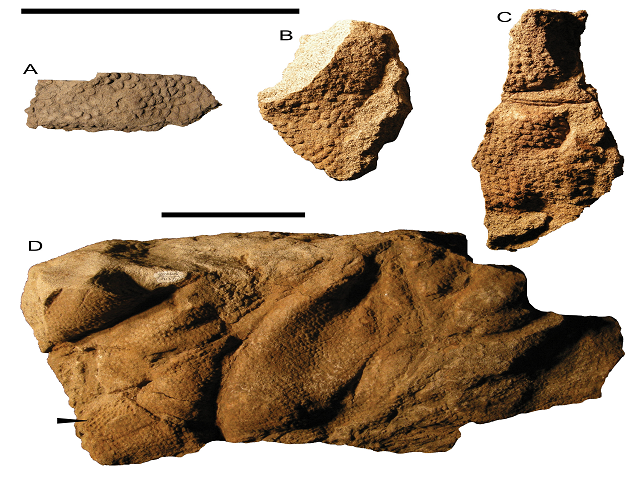Hadrosaurid Dinosaur Skin Impressions from the Upper Cretaceous Kaiparowits Formation of Southern Utah, USA
Keywords:
Skin impressions, Hadrosaur, Kaiparowits FormationAbstract
Skin impressions from hadrosaurid dinosaurs are relatively common finds throughout the Cretaceous Western Interior of North America. A recently discovered specimen from the late Campanian-aged Kaiparowits Formation of southern Utah is typical for hadrosaurs, with randomly arranged polygonal tubercles averaging around 4 mm in length and 3 mm in width. Based on the associated bones, these impressions likely originated on the thorax of the animal. In contrast with most previously published finds, the skin is not preserved in perfect articulation with the skeleton. This suggests a taphonomic mode in which the skeleton and soft tissues were partially disarticulated prior to burial





